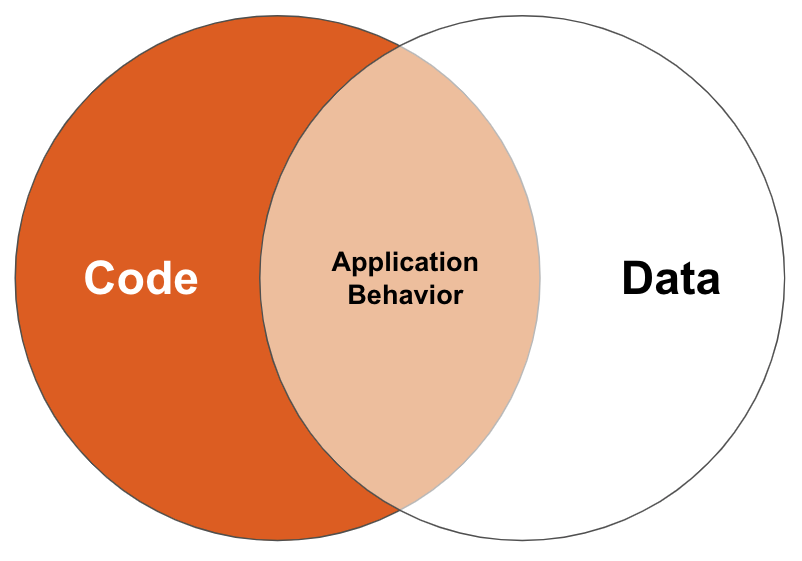Today, as part of our Launch Week (Day 4), we're excited to announce the release of our Postgres how-to guides collection – a comprehensive set of dozens of practical guides covering real-world PostgreSQL challenges.
6 posts tagged with "Guides & best practices"
View All Tags10 Postgres tips for beginners
Getting started with PostgreSQL can be both exciting and challenging. It's more than just another database—it's a system packed with features that can change how you handle data. Every Friday, Michael Christofides (pgMustard) and I discuss these features on our podcast, Postgres.FM (there is also a video version on YouTube). We've been at it for 55 weeks straight since July 2022, and we're not stopping anytime soon. Our latest episode was all about helping newcomers to PostgreSQL. After seeing the huge response to my tweet, which got over 200k views, 1200+ likes, and 200+ retweets, I wanted to dig deeper and share more about these essential tips.
Here are those 10 tips (+bonus) Michael and I have discussed.
Test environments that are 10x cheaper and 10x faster than RDS clones
Today, developers who need to work with full scale data have three options:
Common DB schema change mistakes
In his article "Lesser Known PostgreSQL Features", @be_haki describes 18 Postgres features many people don't know. I enjoyed that article, and it inspired me to write about "anti-features" – things that everyone should avoid when working in probably the riskiest field of application development – so-called "schema migrations".
Moreover, a strong desire to help people avoid such mistakes led me to invent of the Database Lab Engine – a technology for thin cloning of databases, essential for development and testing. With it, you can clone a 10 TiB database in 10 seconds, test schema changes, and understand the risks before deployment. Most cases discussed in this article can be easily detected by such testing, and it can be done automatically in CI/CD pipelines.
Zero-downtime Postgres schema migrations need this: lock_timeout and retries
Zero-downtime database schema migrations
This is one of those topics that hit experienced Postgres DBAs badly. So badly that hypothetical Socrates of 21th century could be one of those Postgres DBAs and the words "I know that I know nothing" would sound natural. I've seen dozens of projects with busy Postgres setups serving lots of TPS, in mission-critical systems in zillion-dollar companies, where database engineers were thinking that they are experienced and know what they are doing – and then suddenly this, quite a basic topic, made them say "ouch" and quickly fix their DDL deploy systems. Well, let's be frank: I was in this position myself, learning this after more than 10 (!) years of Postgres experience.
I'm sure some of you know this very well – if so, scroll down to see some bits of advanced material on the matter. However, I'm 100% sure that many of my readers will be really surprised right now.
We won't talk about "how to change a column's data type" or "how to add a foreign key" – those questions are all interesting too, and there are efforts to document and automate each of such steps for heavily-loaded systems with strict uptime requirements (a great example here is GitLab's "Migration Style Guide"). Instead, we will discuss something that affects any Postgres setup where schema needs to be changed from time to time, where downtime is considered as a huge problem, where DDLs are automated in one way or another (I mean DB migration tools such as Flyway, Sqitch, Liquibase, Ruby on Rails AR DB Migrations, and so on), but where DDLs are deployed without certain trick, so downtime can happen suddenly and unpredictably. Even if TPS numbers are not big. Without that trick in place, anyone using Postgres can (and will) hit that wall one day. Therefore, any engineer working with Postgres should know this trick and, perhaps, implement it in all systems to prevent downtime.
It is time to dive into technical details...
Comprehensive testing covers code and data
Over its relatively short history, the discipline of Software Engineering has made rapid advances in the sophistication of its development processes and tools. In the past 15 years alone, the popularization of CI/CD tools has drastically improved software quality and reliability.
However, a large gap remains on the landscape of software tooling. For many engineers, it's a gap they are so accustomed to, they can no longer even see it.
The Elements of Application Behavior

